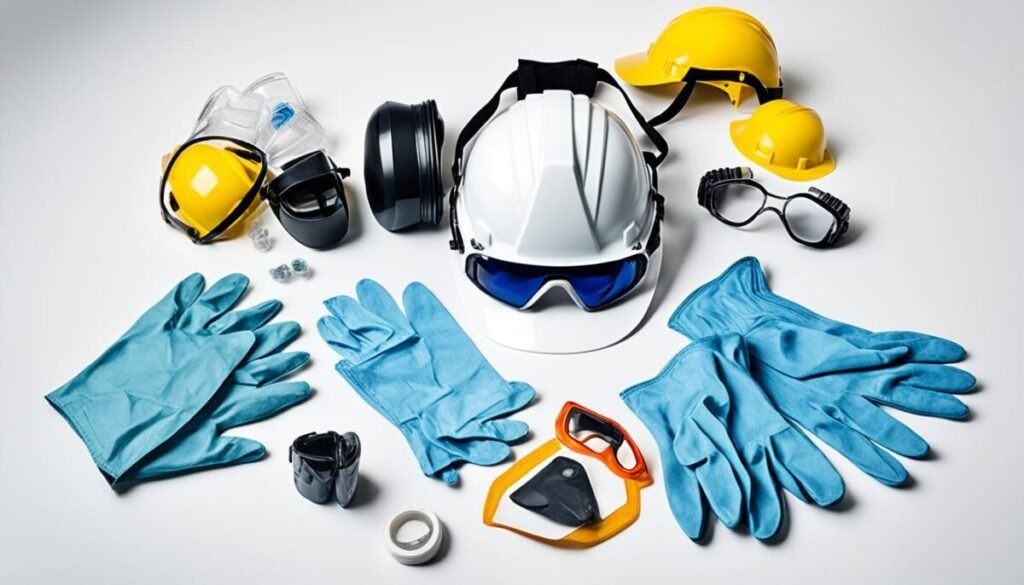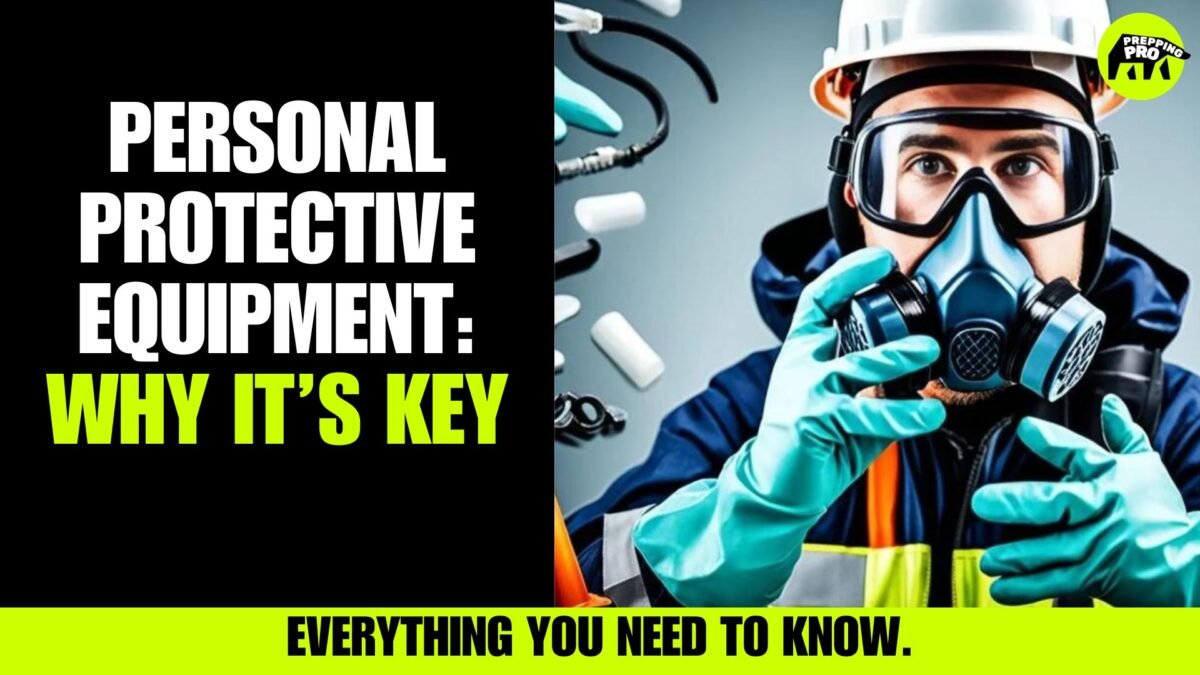In this article, we will unpack the context of emergency preparedness for using Personal Protective Equipment (PPE).
Table of Contents
The Role of PPE in Emergency Preparedness
Emergency situations often unpredictable and severe, necessitate the immediate availability and application of PPE. This equipment effectively safeguards responders and individuals involved from a vast array of hazards.
In essence, upon understanding the ppe significance, it becomes clear that PPE serves as an individual’s armor shielding them against potential threats encountered during emergency situations.
Defining PPE Safety
PPE safety, in a nutshell, involves recognizing its function as a crucial and non-negotiable component in an emergency plan.
When we comprehend why use personal protective equipment, we appreciate its principle of providing individual defenses against a spectrum of hazards.
Breaking Down PPE Types and Their Significance
The importance of understanding the types of personal protective equipment (PPE) cannot be overstated given the diversity and specificity of protection each offers.
Let’s delve deeper into the different PPE categories and their relevance.

Eye and Face Protection Necessities
The necessity of PPE extends prominently towards face and eye protection.
Hazards such as direct sunlight, projectiles, chemicals, and infectious materials necessitate the use of safety goggles and face shields, especially in occupations where these risks are prevalent.
According to the American National Standards Institute (ANSI) Z87.1 standard, such protective gear must adhere to certain safety stipulations to ensure their adequacy in combating potential harm.
Respiratory Hazards and the Importance of Masks
In the face of respiratory hazards, the importance of personal protective equipment like masks becomes inevitable. Masks, including N95 respirators and surgical masks, play a pivotal role in safeguarding individuals from harmful substance inhalation such as during pandemics.
However, even these powerful tools demand proper fit and meticulous handling to retain their effectiveness.
Skin and Body Protection Essentials
Considering the protective gear importance, PPE encompasses not only facial and respiratory protection, but also those covering the skin and body.
Safety vests, gloves, boots, and headgear collectively form this category, protecting individuals from a host of dangers like extreme temperatures, harmful chemicals, and electrical hazards.
The selection of appropriate PPE is integral in preventing bodily harm and protecting skin health.
Thoroughly examining and recognizing the necessity of PPE is the first step for successful implementation of a comprehensive safety system. Whether it’s a construction site, laboratory, or medical facility, the use of PPE can be the determinant factor between safety and susceptibility to harm.
Minimizing Long-Term Health Risks with PPE
The role of Personal Protective Equipment (PPE) extends beyond safeguarding individuals from immediate threats. Notably, it serves a vital role as a preventative measure against long-term health conditions. Specifically, several workplace hazards may not result in immediate symptoms but can culminate in severe medical issues over time.
Take asbestos exposure, for instance – a hazard once prevalent across various work industries. Long-term exposure to this substance has been linked to mesothelioma—a form of cancer. This health risk, among others, boldly underscores the protective gear importance, reiterating the benefits of PPE.
Contemporary safety guidelines have recognized these hazards, mandating suitable PPE usage. This underscores the crucial role of protective equipment not just in immediate safety but in the preservation of long-term health too. However, it should be emphasized that the effectiveness of PPE is heavily reliant on adequate selection, proper maintenance, and correct usage.
The implementation of PPE also plays a significant role in reducing the ambiguity surrounding liability on workplace-related injuries, asserting an employer’s responsibility towards its employees’ health and safety.
| Elements of PPE | Immediate Benefits | Long-term Benefits |
|---|---|---|
| Respiratory Protection (e.g., N95 Masks) | Prevents inhalation of harmful materials | Reduces risk of respiratory diseases |
| Eye and Face Protection (e.g., Safety Goggles) | Protects against immediate eye and face injuries | Preserves vision and reduces risk of eye diseases |
| Skin Protection (e.g., Gloves) | Protects against cuts, chemicals, and abrasions | Prevents skin diseases and long-term damage |
Conclusion
In summarizing the key points discussed, we can clearly see that the importance of personal protective equipment cannot be stressed enough when it comes to preserving safety in high-risk work environments and during emergency situations.
We’ve dissected the various categories of PPE, shedding light on their specific use cases and highlighting their role within a comprehensive safety system designed to bolster both immediate and long-term health.
In conclusion, the significance of PPE permeates every facet of safety—defending against immediate physical threats, protecting long-term health, instilling a culture of safety.


